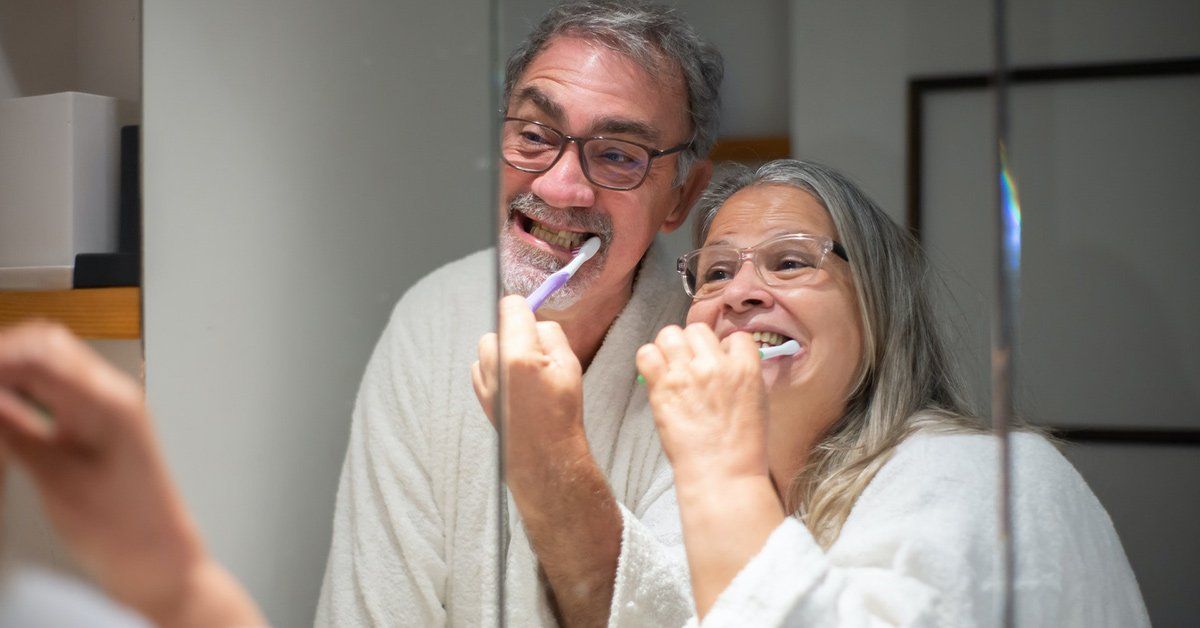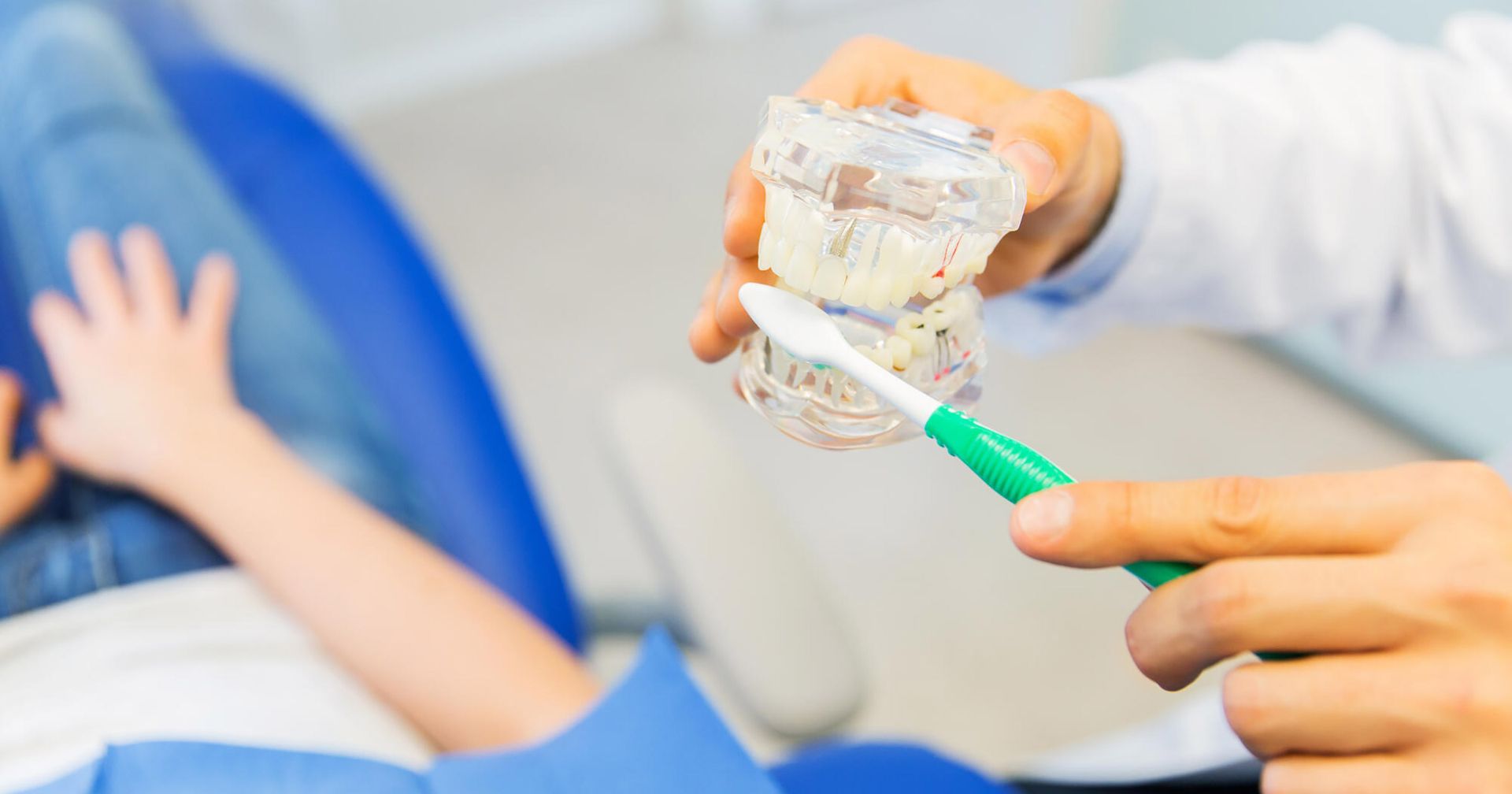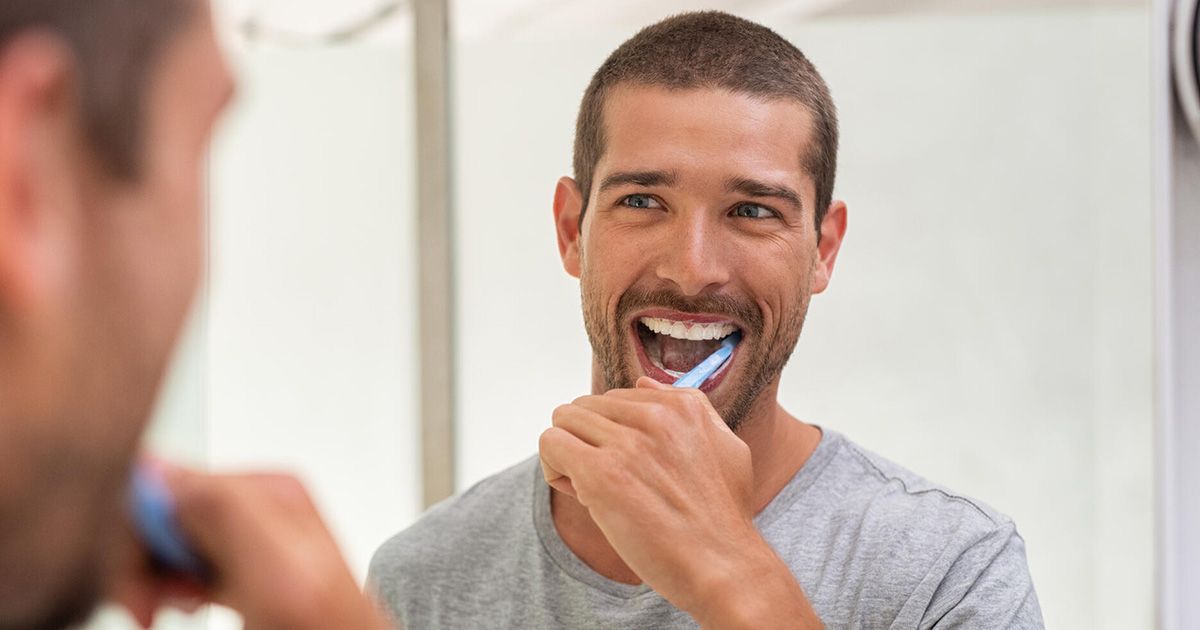7 Tips for How to Get Rid of Gingivitis: Home Edition!
Learning how to get rid of gingivitis through home remedies can make your next appointments go more smoothly. Read this guide for tips that help.
Are you worried that you might be experiencing gingivitis? Gingivitis is a type of periodontal disease (otherwise known as gum disease). Researchers estimate that over half of all Americans suffer from some type of gum disease.
Gingivitis is more common than people think. Many people don't recognize it in themselves if they aren't aware of all of the potential signs and symptoms. They may associate it with obvious poor dental hygiene or bad breath when in reality, there are more subtle warning signs.
We want to teach you how to get rid of gingivitis, or at least reduce your symptoms, when you're between dentist visits.
Keep reading to learn all about how to treat gingivitis.
1. Reduce Sugar Intake
It's common knowledge that sugar and refined carbs are bad for your teeth.
There's nothing wrong with eating sweets from time to time, but excess sugar and refined carbs can cause bacteria to thrive in your mouth. This bacteria gets between your teeth and into your gums, causing inflammation and the early stages of gum disease.
This sugar doesn't have to be from artificial sources, like candy. Sugar from fruit is also problematic.
The worst offenders are sticky candies, like fruit chews or licorice. These are harder to remove from your teeth without a toothbrush and floss, so your saliva can't wash them away.
Make smart choices with your diet. Avoid sugary juices or sodas and swap them for water when you can. If you do consume sugar, make sure that you brush soon after. This will protect your teeth from the harmful sugar side-effects.
2. Try Special Mouthwash and Rinses
It's always a good idea to rinse your mouth at least once per day, if not more. If you're worried about gingivitis, err on the side of caution and do it once in the morning and once at night.
There are several great mouthwash options available at most pharmacies and grocery stores, but you can also make mouth rinses at home (though you should keep in mind that they're for temporary use).
If you're experiencing pain or inflammation, a saltwater rinse is a quick and easy way to reduce the problem. You should add 1/2 of a teaspoon into a glass of warm water and swish the solution around in your mouth for 30 seconds before spitting it out.
You could also consider a tea tree rinse. Make sure that you use a very diluted solution with only 3 drops of tea tree oil in an entire glass of water. Swish it around your mouth for 30 seconds and spit.
Studies suggest that this is a promising solution for gingivitis.
3. Stop Smoking
This is a major step in reducing gingivitis. If you're a smoker, this is a great time to stop. Smoking doubles your risk for various types of gum disease, including gingivitis.
It also reduces the effectiveness of your immune system. If you needed another sign to stop smoking, your inflamed gums might be the final clue.
4. Use Oil
Have you heard about oil pulling? While it was a popular trend on the internet a few years ago, there is actually a scientific basis to it.
Certain oils (like coconut oil) have antibacterial properties that can help reduce your chances of getting gingivitis and potentially reverse some of the gingivitis as well.
There are several ways to use oil in your mouth. The first is oil pulling. Keep in mind that this is difficult to adjust to, so you might have to take it slow until you can oil pull for the appropriate amount of time and with the right amount of oil.
You should measure a tablespoon of oil (if you use coconut oil, melt it first) and swish it around your mouth for 15 minutes. Make sure that you spit afterward. Rinse your mouth with water or mouthwash to get rid of some of the oil.
You can also massage your gums with oil if oil pulling is too much.
5. Use Proper Brushing Habits
Too many people don't realize that they're not brushing the right way, resulting in more gum disease and inflammation.
You should brush your teeth at least 2 times per day. You need to spend 2 full minutes brushing your teeth, and you should make sure that you reach every surface (including the side closest to your tongue).
You should change your brush every 3 to 6 months, or when it starts to fray or wear down. A firm brush is better at removing plaque.
You probably never wanted to hear these words but frequent snacking contributes to cavity growth. Snacking during the day leaves food particles stuck in your mouth and between your teeth. They sit there all day growing bacteria until you eventually brush your teeth at night.
Unless you carry a mini toothbrush around with you to clean your teeth after a snack session, try to cut back. If you must snack, opt for fresh vegetables or fruits instead of sugary treats. Vegetables will stimulate saliva production which will aid in cleaning your mouth.
6. Floss Often
Do you floss your teeth as often as you should? You should floss at least once per day, but many Americans neglect this step in their dental health routine.
If you have gingivitis, you may have experienced sore and bleeding gums while brushing or flossing. Because this is alarming, it might have swayed you away from flossing at all.
This is counterproductive. Although flossing might be painful, it's more important that you protect your inflamed gums by keeping them clean.
Remember, good dental health is the first step of gingivitis treatment.
7. Chew (Sugarless) Gum
Did you know that chewing gum is good for your teeth?
You shouldn't chew sugar gum, but there are many sugarless gums available at most grocery stores. Chewing gum after you eat not only keeps your breath fresh but also helps to wash away acid and remove some bacteria in your mouth.
All the more reason to keep a pack of gum in your pocket.
One of the best ways to prevent cavities is to see your dentist regularly. You should
schedule a cleaning to see your hygienist twice a year. Your dentist has specialized tools to remove the build-up of plaque, essentially fortified bacteria, which will reduce the likelihood of cavities.
Your dentist will also check your teeth for cavity formation every six months. They'll catch any signs of cavities early and repair them to prevent them from getting worse.
How to Get Rid of Gingivitis: See Your Dentist
The most important thing that you need to do when you have gingivitis is to see your dentist. While these other suggestions help, your dentist knows how to get rid of gingivitis and reduce symptoms. Serious gum disease is irreversible, so seeing your dentist often and catching gingivitis early is essential.
Are you looking for a new dentist to keep your smile bright and clean? We want to help you.
Contact us to book an appointment today so we can take care of your teeth.
Dr. Rohit Z Patel
D.D.S
After graduating at the top of his class, Dr. Patel continued his postgraduate studies in endodontics at Columbia University College of Dental Medicine in New York. He was appointed to assistant clinical professor of dentistry at Columbia University and later moved on to teach at the Montefiore Medical Center’s Department of Dentistry. Westchester Magazine recognized Dr. Patel as a “Top Dentist for 2012.”
Dr. Arpita Patel
D.D.S
Dr. Arpita S. Patel graduated with a DDS degree from the university College of Dentistry in 2015. Dr. Patel is experienced with an array of restorative dentistry procedures, including dental implants and many other treatments that can improve dental health, function, and appearance.
Dr. Yung Kim
D.D.S
Dr. Yung Kim is a double board certified Periodontist and board certified Prosthodontist, educated to treat many extremely complex disorders involving gum disease, tooth decay, and oral pathology. His focus is on full-mouth, complex, surgical, and reconstructive dentistry. He has extensive knowledge of implant dentistry and advanced surgical procedures, specializing in teeth in a day and All-on-Four implants. He is also Invisalign certified and experienced with CAD/CAM restorations and dentures.
Dr.Santvana Vyas
D.D.S
Dr Vyas attended NYU College of Dentistry and earned DDS in 2016 at the top of her class. She was inducted into Omicron Kappa Upsilon (OKU), the national dental honor society and earned Outstanding Achievement Award in study of Prosthodontics.
Dr Vyas is an active member of American College of Prosthodontics (ACP) and American Dental Association (ADA). She is appointed as a Clinical Assistant Professor at NYU College of Dentistry. She is married and is blessed with two sons.

















